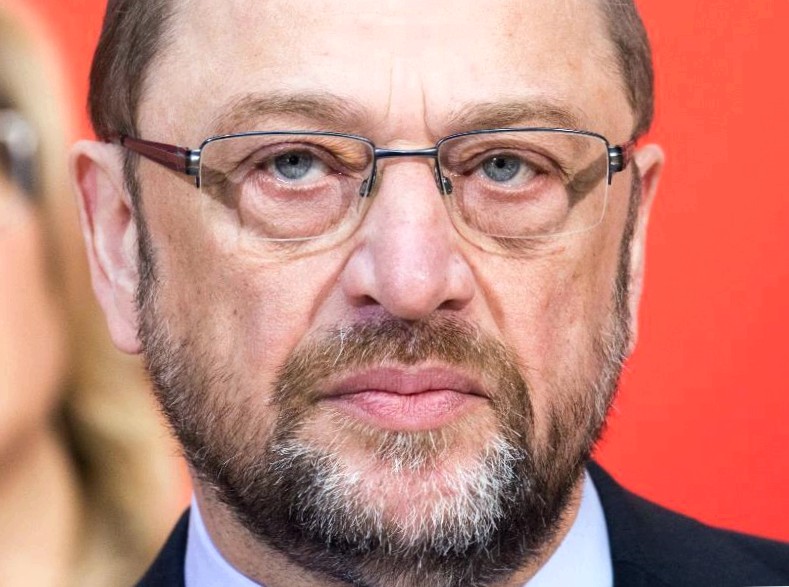
With just under a week and a half to go before the federal elections, the SPD has reached a new low: in the ARD "deutschlandtrend," the party of chancellor candidate martin schulz has again lost one percentage point and is now only at 20 percent.
This is her weakest score since january and also in the "deutschlandtrend" in general. In the infratest dimap survey, the social democrats are now only eight percentage points ahead of the third-placed afd, which has gained 12 percent (plus 1). In polls by the forsa and insa institutes also published this week, however, the SPD was at 23 to 23.5 percent.
In the "deutschlandtrend", chancellor angela merkel’s union remains the strongest party at 37 percent. FDP moves up to fourth place with 9.5 percent (plus 0.5). The left loses slightly and comes to 9 percent (minus 1), the greens to 7.5 percent (minus 0.5).
With these figures, there is currently no majority for further bipartisanship, apart from a rough coalition. A so-called jamaika coalition of CDU, FDP and the greens would be mathematically possible in a tripartite alliance. However, both the FDP and grune have described this as highly unlikely.
In the purely theoretical event of a direct election of the chancellor or chancelloress, the incumbent merkel would still be far in the lead . But with 51 percent (minus 3), her approval rating was slightly higher than that of SPD chancellor candidate schulz with 25 percent (-1).
These polls only reflect the current status. The institutes emphasize that these are not yet predictions about the outcome of the elections on sunday next week.
Two political scientists, on the other hand, have made different calculations. Thomas gschwend from the university of mannheim and helmut norpoth from the university of stony brook in new york have tried to predict the most probable coalition. According to the survey, which is available to the german press agency in berlin, merkel could govern with the FDP: there is an 88 percent probability of a second vote share of 49.4 percent for black-yellow. A new edition of the grand coalition or a jamaika alliance are also mathematically possible; the researchers even believe that black-green has a good chance of success.
The professors use their own formula, the so-called chancellor model, to make their predictions. The calculation takes three main factors into account: the popularity of the incumbent in opinion polls, the long-term support of the parties in previous federal elections, and the "attrition process" of the incumbent based on the periods of office completed.
Using statistical methods, gschwend and norpoth calculate how the interaction of the three factors is to be weighted and how they affect the vote. The formula worked for the first time 15 years ago when, contrary to the polls, it accurately predicted the re-election of red-green under gerhard schroder. However, there was also criticism of the method after the 2005 election.